Tours – Hampi Vijayanagara: Showpiece of Imperial Glory
Day 0 – Fly Bangalore to Vidyanagar
Alliance Air 9I-527 3:15PM/4:20PM. Met and transferred to hotel, a drive of about 45 minutes
Stay at Heritage Resort Hampi, Deluxe Villa
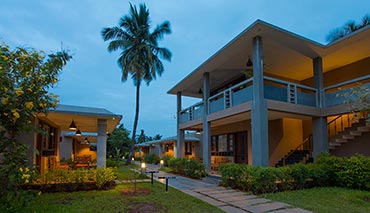
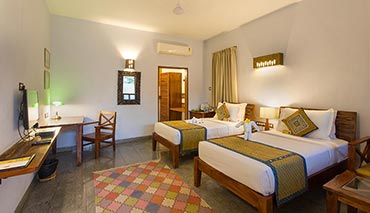
Day 1 – The Sacred Centre
Vitthala Temple, King’s Balance, Sugriv’s Cave, Kondandrama Temple, Virupaksha Temple, Lotus Mahal, Elephant Stables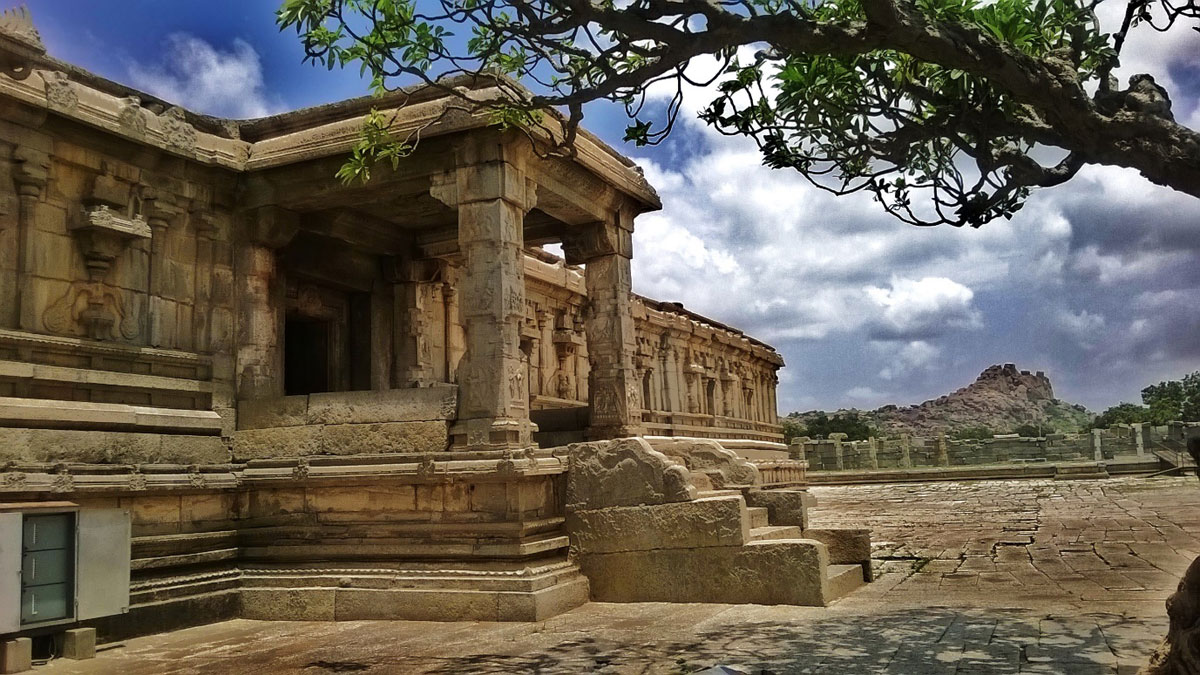
Hampi is surely the most celebrated tourist destinations in all southern India, delighting and intriguing all who visit this great imperial city. Somewhat confusingly, Hampi is actually the name of a small village that occupies only one part of what used to be Vijayanagara, City of Victory.
This was the capital of the largest Hindu kingdom of southern India for more than 200 years, founded in the middle of the 14th century as a showpiece of imperial glory. Though abandoned, sacked and ruthlessly burnt in 1565 after a disastrous battle fought between the Vijayanagara army and the neighbouring sultans of the Deccan, there are enough surviving remains to give visitors an idea of the city’s past splendour.
The Hampi ruins are in an extraordinary, rugged landscape punctuated with fantastic boulders, through which flows the mighty Tungabhadra River. The monuments are clustered in two distinct zones. The Sacred Centre comprises great Hindu temples located beside or near to the Tungabhadra. Each of these is surrounded by residences, kitchens, dining halls and bathing tanks for priests and pilgrims, many of which can still be seen. Broad colonnaded market streets, along which chariots were pulled during festival times, extend in front.
About 2 kilometres to the south is a ring of massive, granite-faced earthen walls running up and over rocky ridges and across the fields below. Here is located the Sacred Centre of Vijayanagara, where the emperor, his household and members of his court resided, and where the king conducted the daily business of government. In addition to chapels where the king and his queens worshipped in private, the Sacred Centre is dotted with decaying palaces, pleasure pavilions, watchtowers, stables and stores. Water channels and pools hint at the complex hydraulic system that once supplied this part of the site with running water.
The remains of Vijayanagara are scattered all over a vast area of more than 25 square kilometres, requiring travellers to set aside at least two days at Hampi to explore the ruins, as suggested here.
On the first day you could begin at the Vitthala temple (ticket required), the most elaborate and best preserved of Vijayanagara’s religious monument. This temple is celebrated for its chariot-like stone shrine and its cut-out columns with tiny colonettes that emit musical tones when lightly struck. A short distance away is the path running beside the Tungabhadra. This begins at the King’s Balance, where the Vijayanagara emperors supposedly weighed themselves against piles of jewels, or more likely rice and other grains, which were then distributed to the priests. Further along is Sugriva’s Cave flanked by whitewashed boulders. According to the Ramayana legend, this is where the monkey king Sugriva showed Rama the jewels that had been dropped by Sita, Rama’s wife, who was abducted in an aerial chariot by the demon Ravana. A little further on, where the river takes a turn, is the Kodandrama temple, which marks the spot where Rama’s brother Lakshmana crowned Sugriva. The path ends in the great colonnaded street of Hampi village that leads up to the towered entrance gateway the Virupaksha temple. The temple attracts huge crowds of pilgrims during annual festivals that commemorate the betrothal and marriage of Shivas as Virupaksha and his consort Pampa.
It is perhaps time now for a luncheon break, nowhere better than in the shaded garden of the Karnataka Tourist Department Bhuvaneshvari Hotel at Kamalapura, on the edge of the Royal Centre. Afterwards visitors should make their way to the nearby Lotus Mahal enclosure (ticket required). Here they can marvel at the well preserved, charming palace with its temple-like turrets and Islamic styled arches. Beyond lie the astounding elephant stables. These present a long line of domed and vaulted chambers, topped by a central pavilion for drummers and musicians to regulate the movements of animals and troops in the open square in front.
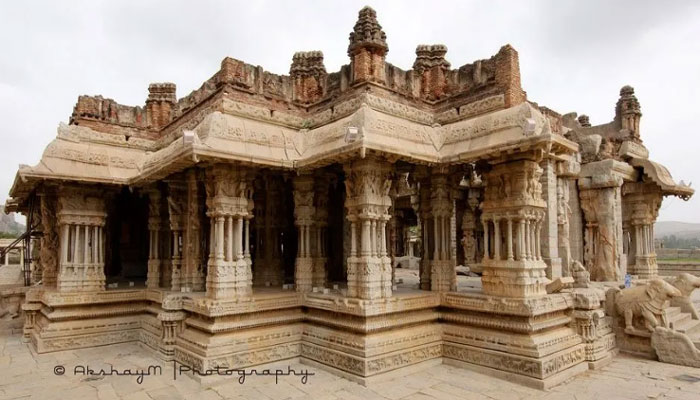
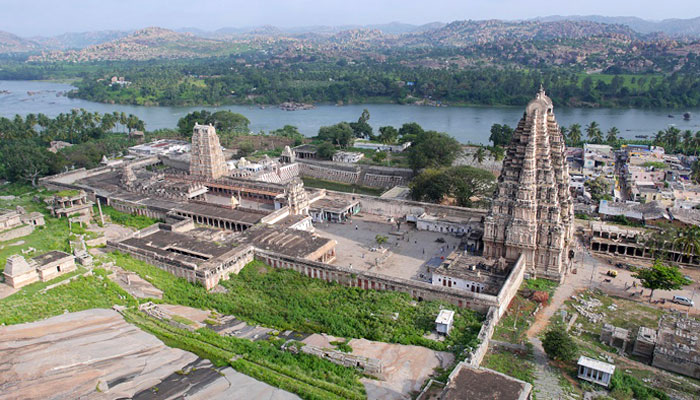
Day 2 – The Royal Centre
Queen’s Bath, Great Platform, Panorama, Stepped Tank, Hazara Rama Temple
For their second day at Hampi, travelers should return to the Royal Centre, beginning at the Queens’ Bath. This pleasure pavilion has elegant arcades and balconies overlooking a central pool (now sadly devoid of water). From here it only a short walk to the Great Platform. This solid pyramid of masonry has its sides covered with relief carvings of parades of animals, kings receiving visitors, watching boxing matches and hunting deer, and foreign dancers and guardians. Though nothing survives of the pavilion on top where the Vijayanagara emperor entreated the goddess Durga to empower his weapons and troops, visitors can here enjoy a panorama of the entire Royal Centre. Just a few metres away is a deep square pool, with multiple steps and landings arranged in dizzying symmetrical patterns descending to the water. The morning walk ends at the Hazara Rama temple. Like the great platform, this has royal parades sculpted onto its outer walls. These contrast with the episodes illustrating the Ramayana covering the walls of the temple within. Don’t hesitate to enter the temple to see its four green stone columns covered with carvings.
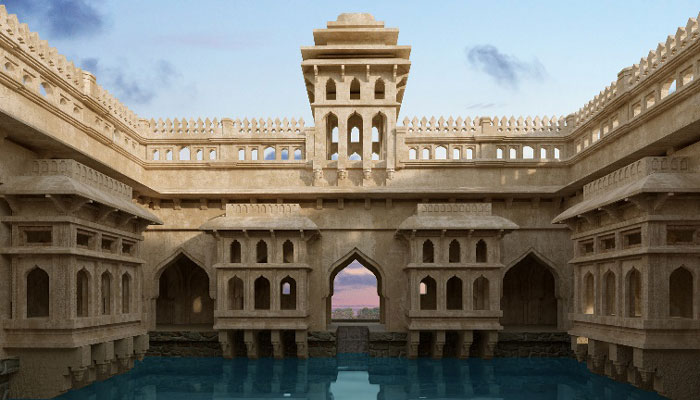
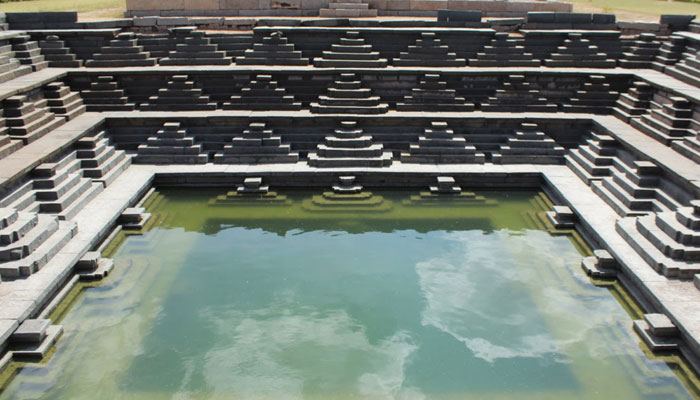
After another lunch break, perhaps again at Kamalapura, visitors should proceed to the Krishna temple in the Sacred Centre. This monument was erected to enshrine a statue of Krishna looted from a fortress in Andhra captured from the Orissa kings by the Vijayanagara army. Plaster depictions of this military campaign can be seen on the tower of the imposing entrance gate that overlooks the colonnaded street in front of the temple. A few metres away is a colossal image of Narasimha carved out of a single boulder. This depicts Vishnu with a monster leonine head seated in a yogic posture. Perhaps time to relax? If so, why not drive to the top of Malyavanta Hill for a sunset view of the entire site, a fitting farewell to Hampi.
For more information, travellers should seek out the guidebook by John M. Fritz & George Michell: Hampi Vijayanagara, Mumbai, Jaico, 2014.
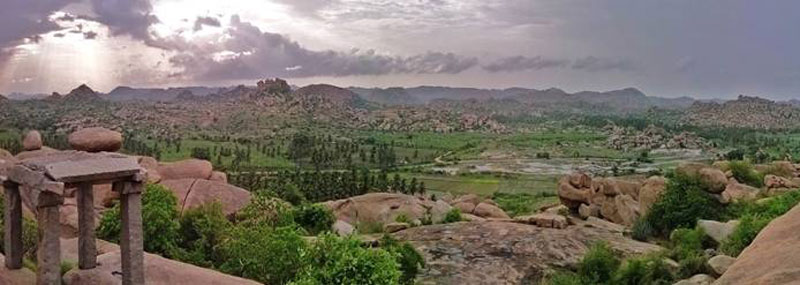
Day 03 – Return
After breakfast, drive back to Bangalore (350 km/6-7 hours)
Pricing
Tempo Traveler Rs 60,473 per person if six passengers, else per person cost will increase.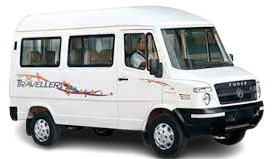
Includes
- Three nights’ accommodation twin-sharing at Heritage Resort Hampi, Deluxe Villa, including applicable taxes
- Buffet breakfast at hotel, including applicable taxes
- Overland transportation in a Tempo Traveler with snacks/bottled water provided
- Two full days sightseeing with private guide and applicable entry/fees
- Economy class airfare Bangalore/Vidyanagar, inclusive of 15 kg checked luggage and 7 kg hand luggage
All Tours start on 28 July 2023
For Tour Bookings, please contact:
Reet Hazarika
Managing Director, Quo Vadis
(+91) 98104 25252
reet.hazarika@quovadisindia.com
Slow Travel in The Indian Subcontinent


